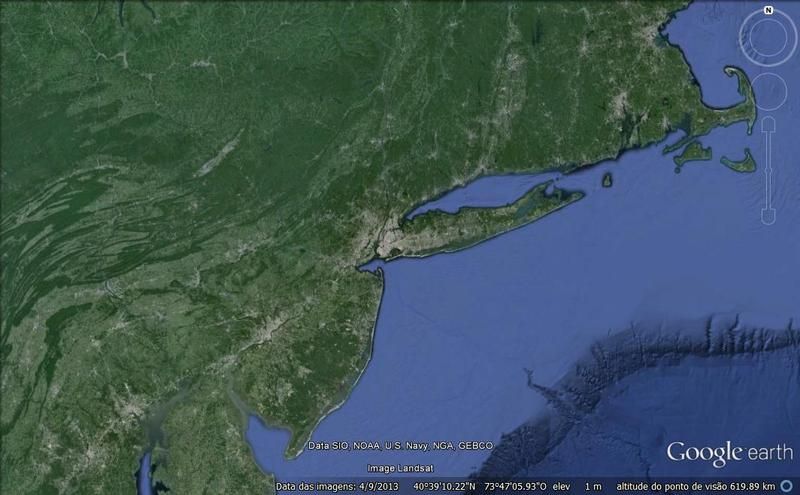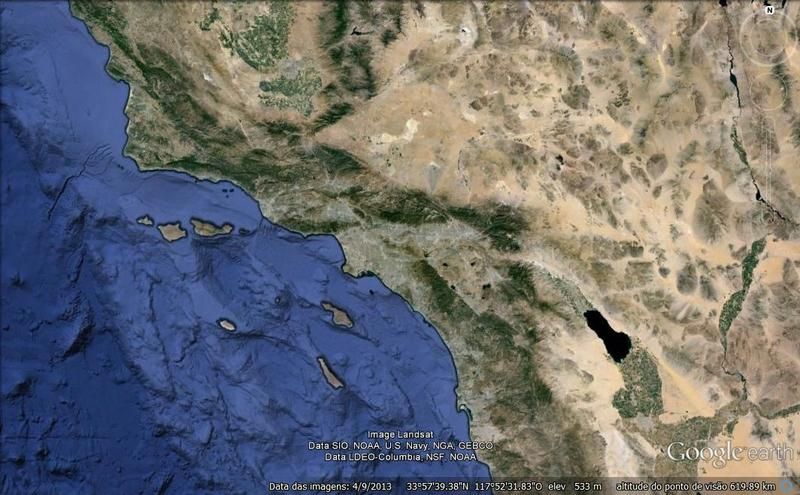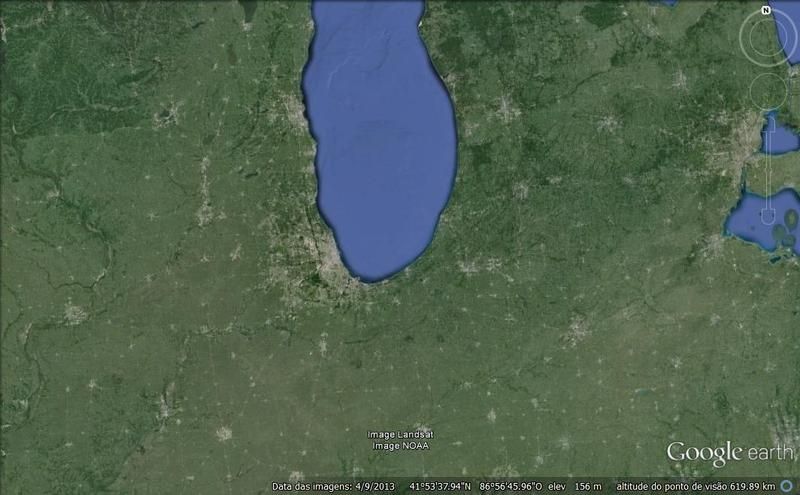The Metropolises of Tomorrow




I created this thread to discuss how the demographic growth will forge new metropolises and expand the borders of the current ones.
I'll start with examples in the US and Brazil:
-------------------------------- 2014 -------- 2010 ----- Growth %
BosWash ------------------- 51,164,919 --- 49,788,631 --- 2.76%
Southern California ------ 22,254,387 --- 21,396,214 --- 4.01%
Chicagoland --------------- 11,972,216 --- 11,866,918 --- 0.89%
Greater Bay Area --------- 11,918,876 --- 11,338,725 --- 5.12%
BosWash --- New York, Washington-Baltimore, Boston, Philadelphia, Hartford, Springfield CSAs and Lancaster MSA
SoCal --- Los Angeles CSA and San Diego and Santa Barbara MSAs
Chicagoland --- Chicago and Milwaukee CSAs
G. Bay Area --- San Francisco, Sacramento and Modesto CSAs
-------------------------------- 2014 -------- 2013 ----- Growth %
São Paulo ------------------ 33,596,475 --- 33,304,296 --- 0.88%
Rio de Janeiro ------------- 15,242,909 --- 15,161,638 --- 0.54%
São Paulo --- Metropolitana de São Paulo, Macro Metropolitana Paulista, Vale do Paraíba, Campinas and Piracicaba mesorregions and the microrregion of Itanhaém
Rio de Janeiro --- the entire state minus Norte e Noroeste mesorregions



